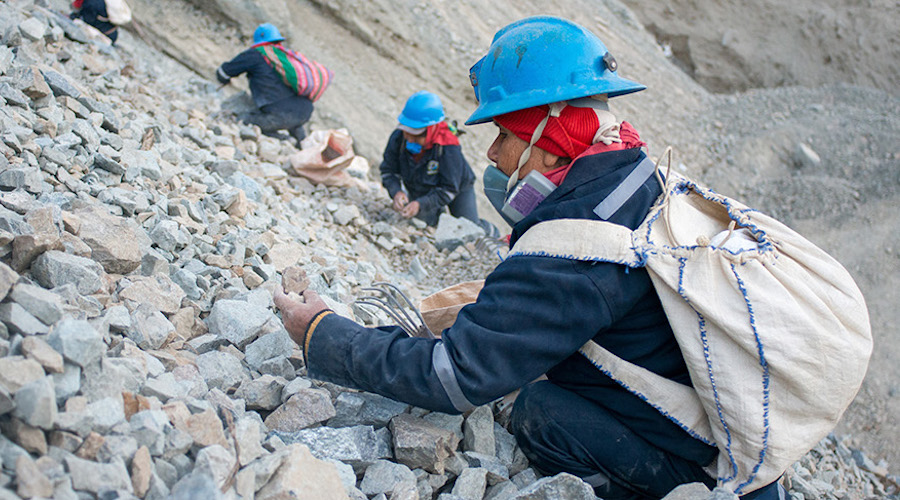
A recent study carried out by the Center for Mining and Sustainability Studies of the Universidad del Pacífico and commissioned by the NGO Solidaridad found that in 2018, small-scale and artisanal mining was responsible for 20% of Peru’s gold exports, for a total value of $1.6 billion.
“With an annual production of 143 tonnes, Peru is Latin America’s top gold producer and the world’s sixth. In 2018 alone, the value of exports of this mineral reached $8.2 billion, 20% of which came from artisanal and small-scale mining (ASM),” the report reads. “Some studies suggest that throughout the country, there are between 200,000 and 300,000 artisanal miners and that around one million people are directly or indirectly linked to this activity whose uncontrolled growth leads to unsafe work practices, exploitation, trafficking and other criminal acts.”
Collaboration between small-scale and large-scale miners
In the view of the study authors, one way to accelerate the legalization (also known as formalization) process is to set up mechanisms that allow for the collaboration between large-scale and artisanal miners.
The effectiveness of such mechanisms – they say – starts with artisanal and small-scale miners being open to putting together a formal mining business, which can be done by creating collectives with defined organizational structures and whose members not only have knowledge of the gold commercialization process but are also registered in the Integral Mining Formalization Registry (REINFO).
Another condition for a fruitful collaboration between large-scale and artisanal miners is that both groups agree on establishing their operations at different sites within the same geographical area. Furthermore, the researchers suggest that each party should mine different minerals or, alternatively, use different methods to extract the same mineral.
The study also states that mining companies would need to consider artisanal miners as key actors that support local development, which may require some changes to be introduced in big miners’ internal policies and corporate structures.
In order for large corporations to agree to the latter, they would have to receive some incentives that could take the form of production or economic stimuli, which could translate into making use of local miners’ knowledge to save costs; reputational incentives, as the collaboration with artisanal miners could be rewarded by national and international good-practice schemes; and social incentives, as the peaceful coexistence with artisanal miners may help big companies obtain the social license they need to operate in certain areas.
A final recommendation presented in the report proposes the idea of having negotiations between small-scale and large-scale miners mediated by a third, neutral party. Such an entity should be able to open dialogues between both actors and build capacity so that they can implement joint business models or provide each other with technical assistance.




